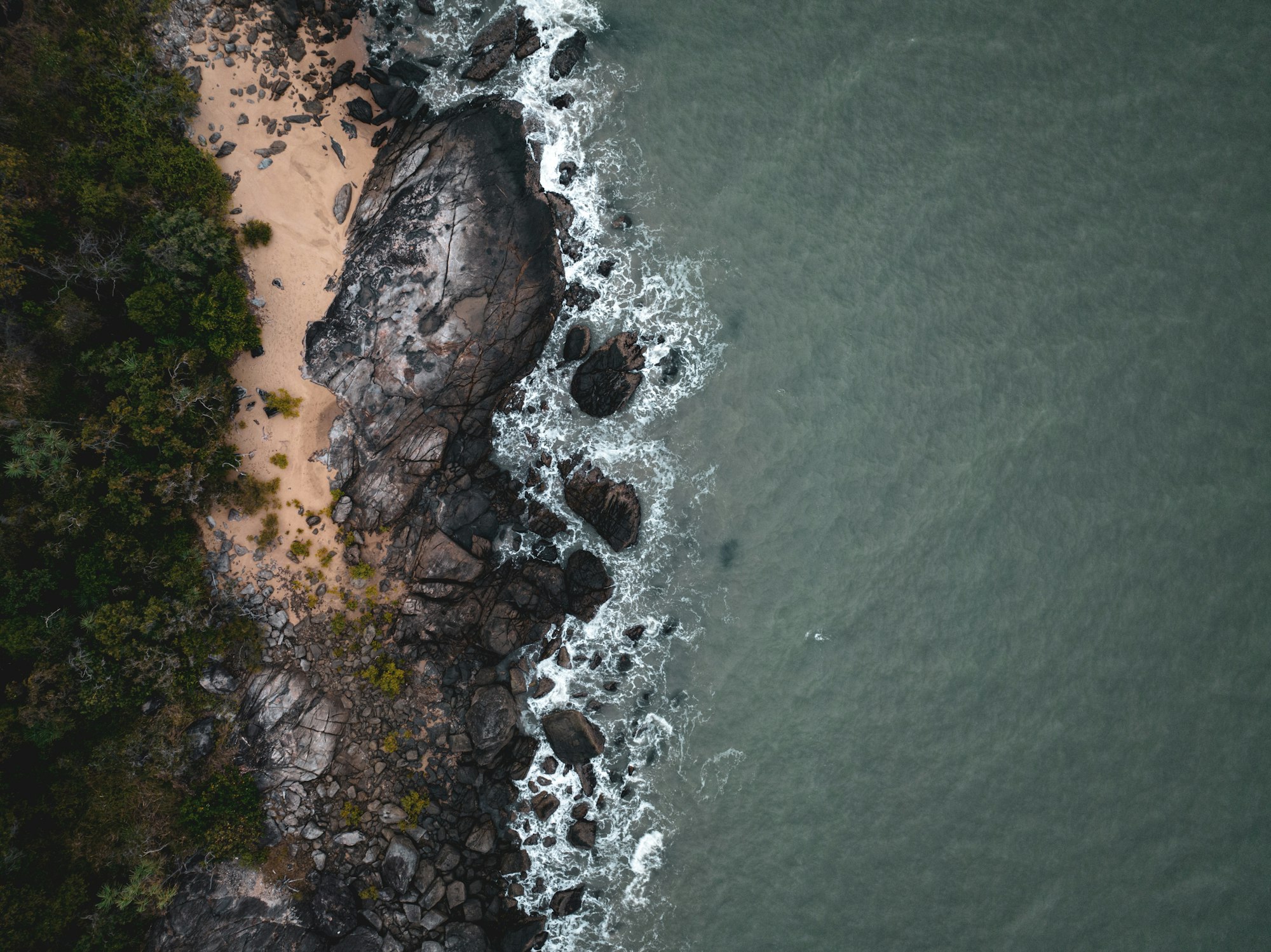A Guide for Responsible Adventuring

Venturing into the great outdoors is a rewarding and exhilarating experience. The Wet Tropics World Heritage Area is a pristine environment that offers adventurers a chance to explore unique ecosystems, encounter wildlife, and immerse in the natural beauty of the landscape. However, with great adventure comes great responsibility. It is crucial to follow the Nature Conservation (Protected Areas Management) Regulations 2017 and the Wet Tropics Management Plan 1998 to ensure the protection and preservation of this invaluable area.
Be an Ambassador for Legal and Appropriate Use of Parks
Adventure influencers can play a significant role in promoting the responsible use of national parks. Provoking or encouraging anyone to break the law is an offence in itself. Therefore, we encourage influencers to become champions or ambassadors for the legal and appropriate use of parks. Beyond advocating for 'Leave No Trace' and overall responsible use and enjoyment of these natural areas, there are other ways influencers can help. For example, building a network of contacts at the senior ranger level can help clarify any uncertainties about what is appropriate or not. Rangers can also provide advice on Operational Environmental Plans (OEPs), Restricted Access Areas (RAAs), etc.
Here are the contact details of senior rangers in the Wet Tropics World Heritage Area:
- Daintree: Dave Leyden, Mossman Ranger Base, [email protected]
- Cairns: Linden Henry, Tingira St Ranger Base, [email protected]
- Innisfail: Leigh Willis, Innisfail Ranger Base, [email protected]
- Paluma: Ross Domin, Ingham Ranger Base, [email protected]
Organised Events
For organised events, the following guidelines apply:
- Groups of less than 15 people anywhere are fine.
- Groups of more than 15 people off-track, or on-track in Landscape Settings 1-7, require permission.
- Groups of more than 40 people on-track in Landscape Settings greater than 7 require permission.
- With an OEP permit, you can apply to camp outside of normal camping areas. However, application does not guarantee approval.
New Tracks
Creating new tracks is prohibited. The landscape classification system, where 1 represents wilderness/solitude, guides the appropriate use of the area. It is not permitted to mark new tracks or cut vegetation to clear tracks. Under an OEP, it is feasible to mark a route in (e.g., with tape) and remove markings on the way out. However, following route descriptions and GPS tracks are the best options for navigation.
Regulatory Notices
Pay attention to regulatory signs that state the legislation (e.g., Nature Conservation Act 1992) and indicate that penalties apply. The scale of safety signs ranges from "for your safety" to "danger," based on formal risk assessments. When legal investigations occur, Queensland Parks and Wildlife Service (QPWS) must provide evidence of active enforcement. In other words, they cannot just plant signs and leave them. Restricted access areas on Cape York Peninsula Aboriginal Land (CYPAL) parks in the Daintree north are changing spaces. In this area, it is best to check with the senior ranger for off-track adventures. Breaches and incidents should be reported.
Safety
Your safety and the safety of others are paramount. Be aware of the following:
- Dangerous animals: If an animal appears "interested," it may have been fed or habituated. Report such encounters to Wildlife Management at 1300 130 372.
- River crossings: Promote safe practices.
- Steep slopes: Use ropes and belays, but do not install fixed ropes without prior authorisation.
- Waterfalls and remote area navigation: Exercise caution.
- Grading system: Follow the Australian Standards and the Otago Tramping and Mountaineering Club example for realistic expectations and screening of participants.
- Liability: Pro-active risk assessments and safety management are critical for defence in insurance claims and coronial enquiries.
- Rescue costs: Be mindful that rescue operations can be costly.
Other Considerations
- Biosecurity/hygiene: Be aware of threats like chytrid fungus and phytophthora.
- Cultural sensitivity: Respect sacred sites.
- Ecological communities: Protect sensitive and threatened ecological communities.
- Aerial ignition programs (e.g., prescribed burns): Be mindful of upland fernlands and shrublands.
Do's and Don'ts
Please DO:
- Venture into the outdoors.
- Explore the remote parts of the Wet Tropics.
- Share experiences with others.
- Explore and travel safely and legally.
- Talk to QPWS.
Please DO NOT:
- Make new tracks into remote areas.
- Clear or damage vegetation.
- Fill up the forest with pink (or other colours) tape.
- Go past regulatory notices and/or advise others to do so.
- Publicise camping in parks without a permit.
- Take risks that could result in serious injury or death of others.
By following these guidelines, you can enjoy a safe and rewarding adventure in the Wet Tropics World Heritage Area while ensuring its preservation for future generations. Remember, Leave No Trace!
This article, and all other articles, are for entertainment purposes only and are not to be used as a guide. Please see our Disclaimer for more information.

